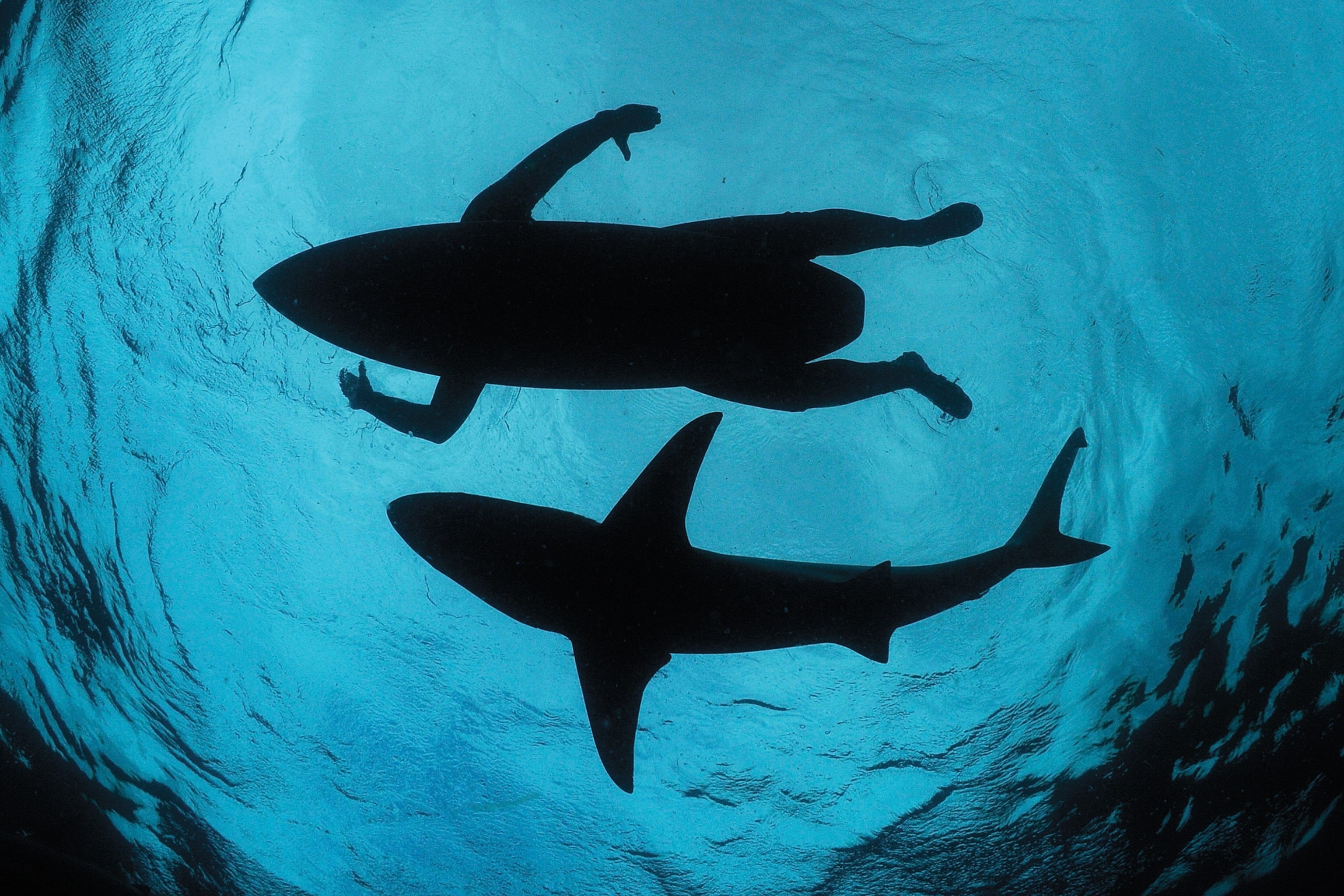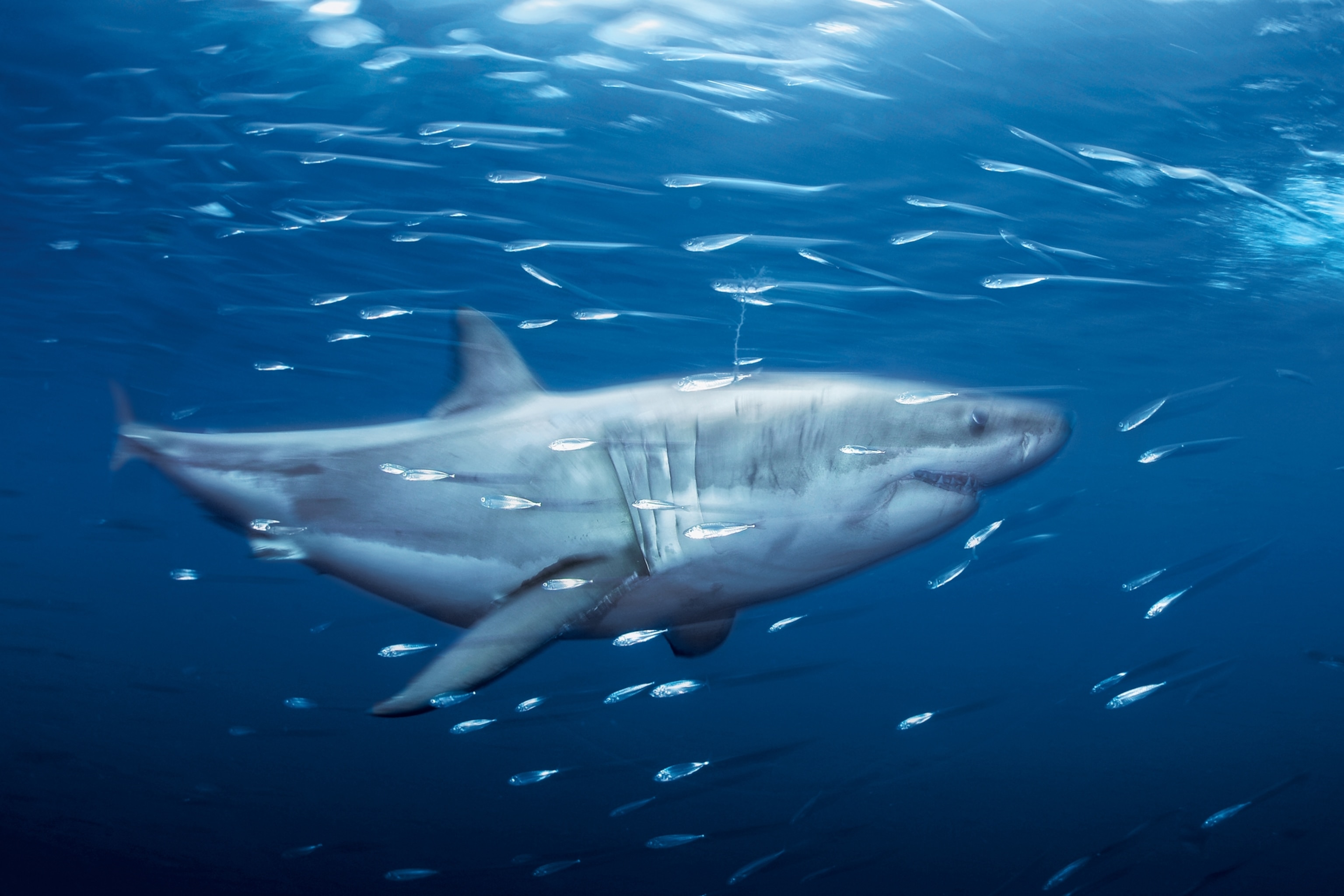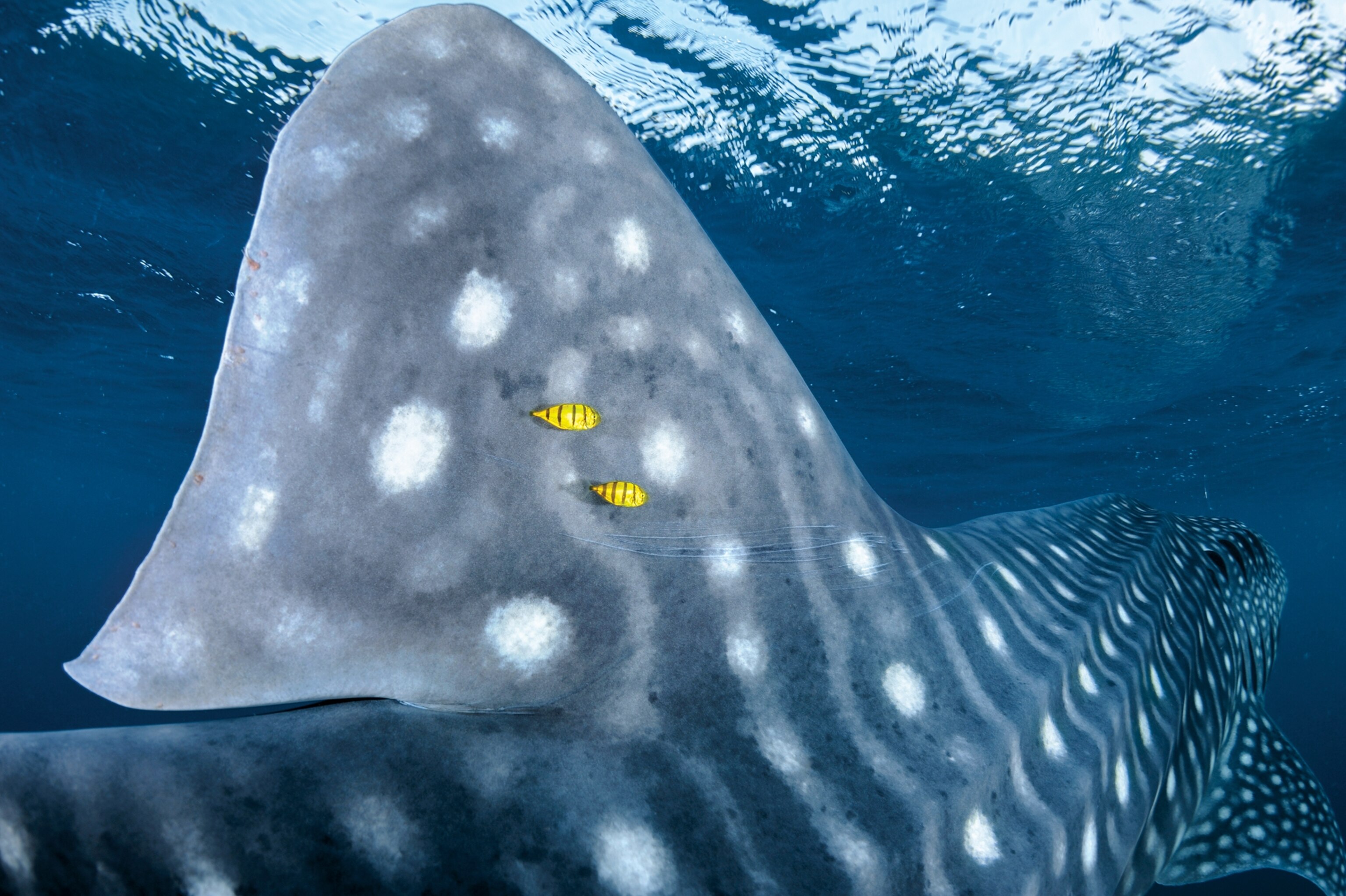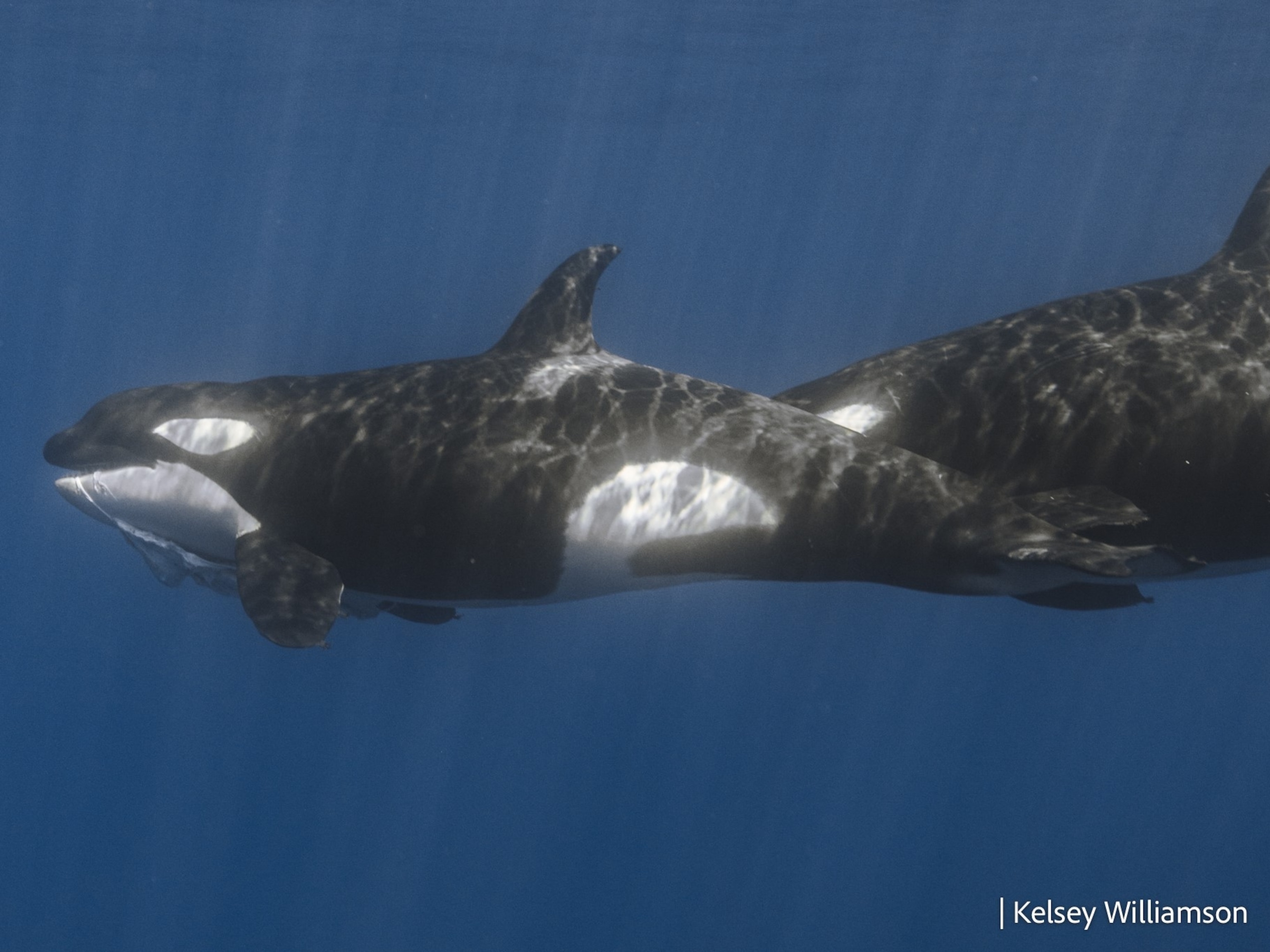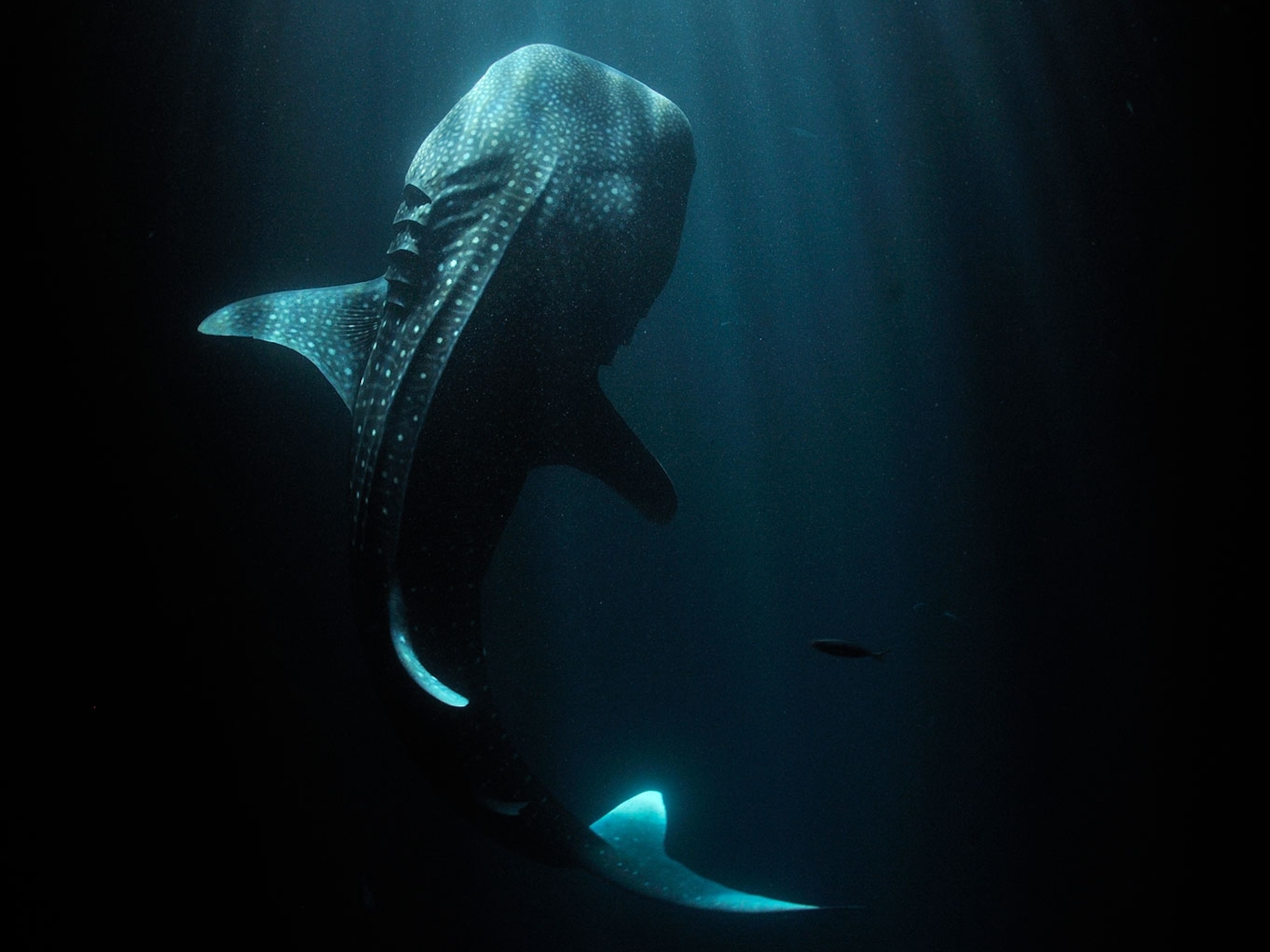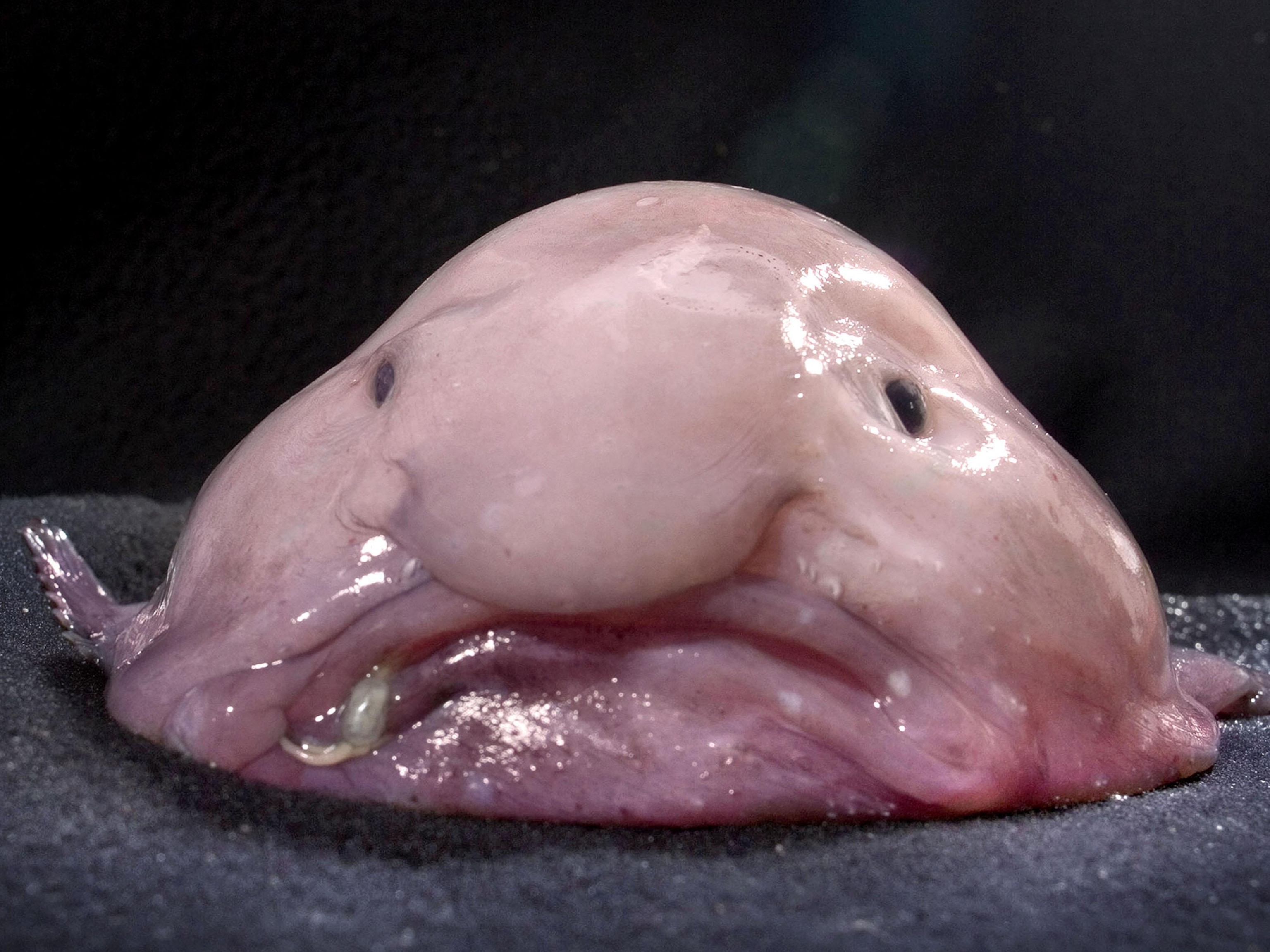On a miserable day in the middle of winter, I push my then 60-year-old mother into the icy waters of the Atlantic. As a nearby great white shark comes to investigate, my mother faces it, then disappears under the water for what feels like an eternity. She returns to the surface, gasping for breath but smiling. I suppose the galvanized steel cage separating her and the shark had something to do with that.
For as long as I can remember, I have loved sharks and wanted to share that passion with everyone, including my initially reluctant parents. I saw my first shark when I was 16, off Egypt’s Sinai Peninsula. A trio of blacktips weaved among barracuda circling above a coral reef. I tried to get closer, finning hard into the open water, but a fierce current held me to the reef. When I showed my underwater photographs of this not-so-close encounter, explaining that the small specks were sharks, I was met with the dubious response: “Of course they are.” From then on, all I wanted was to get closer to sharks.

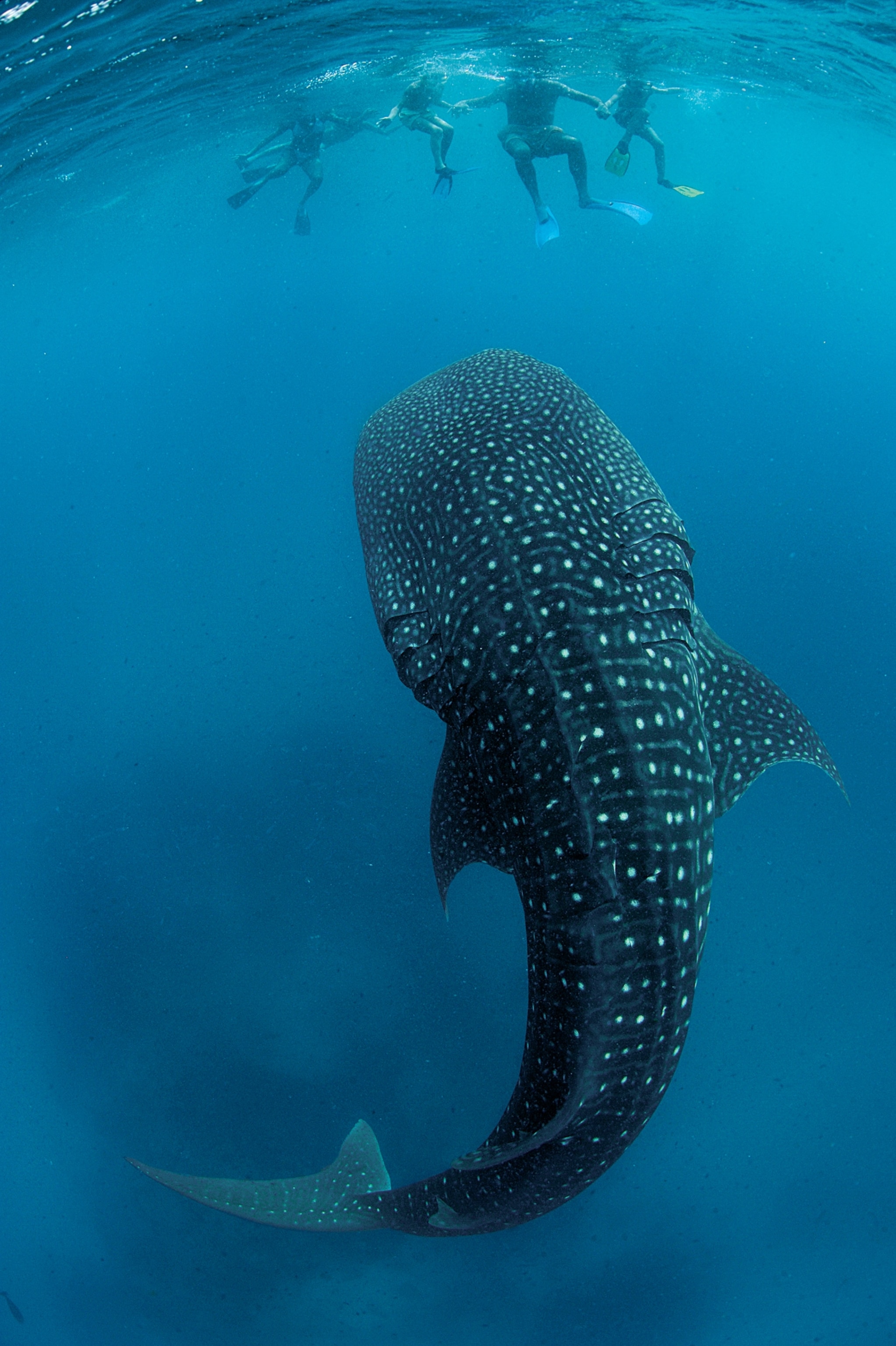

After I made the switch from marine biologist to photographer, sharks were my first muses. I have now spent more than two decades documenting their complex and somewhat secretive lives. People often ask me what the most dangerous part of my job is—it’s not swimming with sharks. Statistically the most dangerous things I do are crossing the road, driving my car, and toasting bread. Sharks are not as fearsome as they’re made out to be, but some are formidable predators. Encountering wild sharks in their element is a rare privilege that I treat with equal parts respect, humility, and devotion.

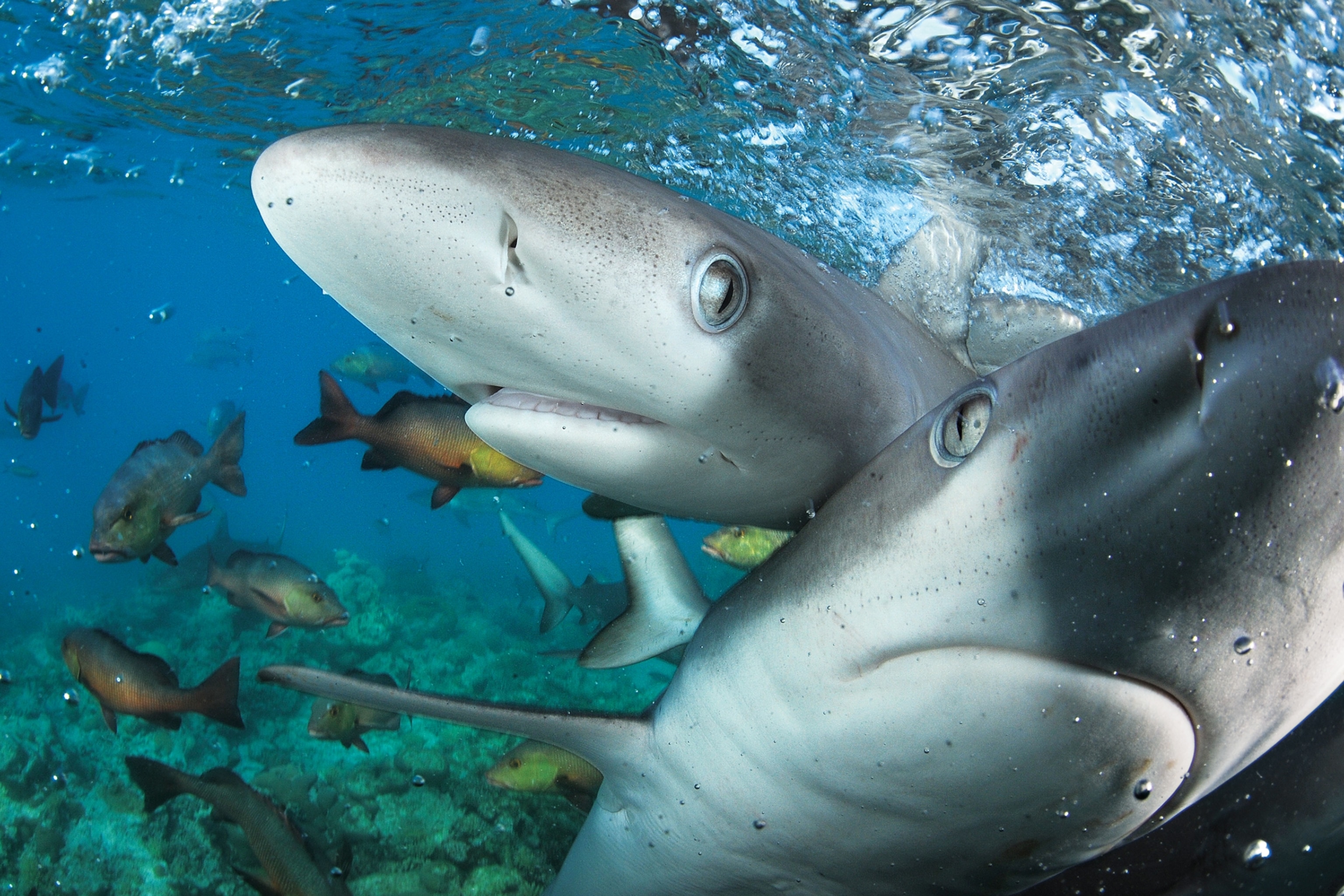
This story appears in the July 2022 issue of National Geographic magazine.


